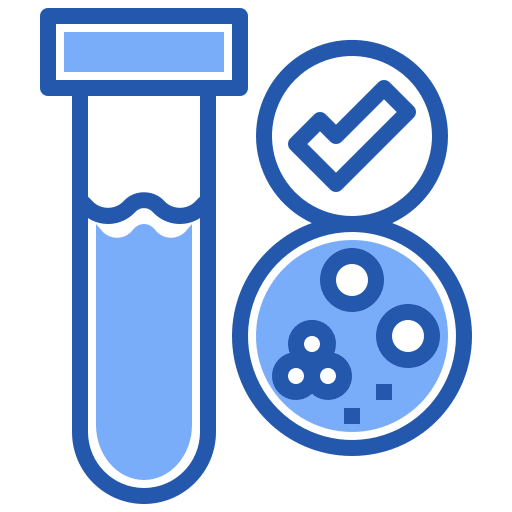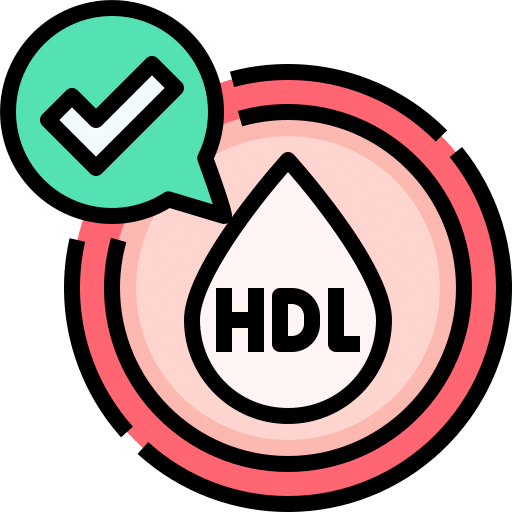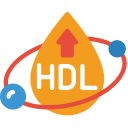
Non-HDL Cholesterol

Analyzer Report
Frequently Asked Questions
Non-HDL cholesterol is a lipid measurement that provides information on the amounts of cholesterol-containing particles in the bloodstream that are considered atherogenic, which means they contribute to the development of atherosclerosis (hardening and narrowing of the arteries). Non-HDL cholesterol comprises low-density lipoprotein cholesterol (LDL-C) and other cholesterol-rich particles such as very-low-density lipoprotein cholesterol (VLDL-C) and intermediate-density lipoprotein cholesterol (IDL-C).
When non-HDL cholesterol levels are low, it indicates that the bloodstream contains less atherogenic particles. This is typically regarded as a favorable trend since lower non-HDL cholesterol levels are linked to a lower risk of developing atherosclerosis and cardiovascular events like heart attacks and strokes.
A high non-HDL cholesterol level is associated with an increased risk of developing cardiovascular illnesses such as heart disease and stroke. LDL cholesterol, a key component of non-HDL cholesterol, is commonly referred to as “bad” cholesterol since it leads to plaque accumulation in the arteries. Elevated non-HDL cholesterol levels are linked to the formation of cholesterol-rich deposits in blood arteries, which leads to atherosclerosis.
Non-HDL cholesterol gives a more comprehensive evaluation of cholesterol-related cardiovascular risk since it contains not just LDL cholesterol but also other lipoprotein remnants that might contribute to plaque development in the arteries. Non-HDL cholesterol levels are linked to an increased risk of atherosclerosis and subsequent cardiovascular events such as heart attacks and strokes.
It’s worth mentioning that non-HDL cholesterol is normally computed by subtracting the total cholesterol value from the high-density lipoprotein cholesterol (HDL-C) value. Non-HDL cholesterol, as a result, indicates the cholesterol content of lipoproteins other than HDL particles.

























